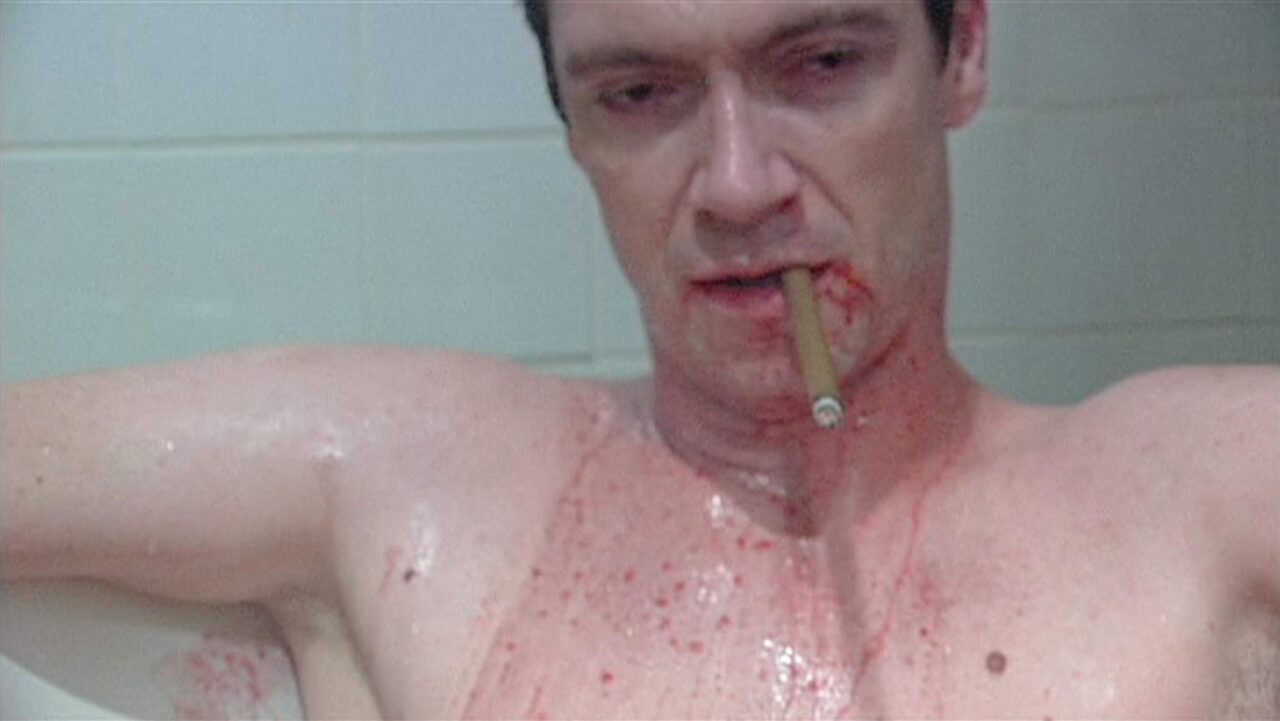
Pleasure and pain are one in ’29 Needles’.
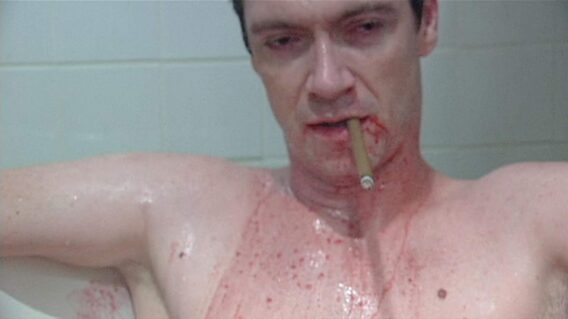
I’ve written and rewritten this article multiple times, each time trying a different theoretical lens in an attempt to pick apart what makes 29 Needles work. The conclusion I’ve come to is that any single approach ends up lacking and does a disservice to the film. However, I also can’t give up the notion of writing down exactly how the film works, and how it continues to elude and entrance me across multiple viewings. So, instead of the usual column where we attack a film from a particular angle, I’d like to use this time to hit several smaller points and maybe shine some light on what makes the film so special.
The Film
29 Needles bills itself as a psycho-sexual body horror film. It charts the descent of Francis (played by Brooke Berry, who unfortunately passed away before the film’s physical release) as he dives deeper into the intertwining addictions of pain and sex. The film displays this through a literalized location, as he reaches separate levels of violence and sexuality that become darker and darker as the film progresses. This is the baseline progression of the film. Though as with all basic synopses, it does not do the film justice.
The film is the directorial debut of Scott Philip Goergens. Goergens is a painter, writer, and founder of Arsenic Media. Filming for 29 Needles appears to have started in 2006 and continued for several years. Then, the film finally premiered at the Maryland Film Festival in May of 2019. Luckily for us, the film found a home in Unearthed Films’ Too Extreme for Mainstream line. When I first found out about the film, the gorgeous cover art pulled me in. I had no idea what to expect, and sometimes I still don’t feel like I do.
The first time I watched 29 Needles, I came away utterly speechless. The film hits something primal and poetic that immediately makes it stand out. While you could hang a marketing campaign on the film’s extremity, it’s a different feeling when you experience 29 Needles. There’s something hypnotic about the pacing and tone of the entire film. For the longest time, I found it difficult to fully say how I felt about the film. At first, I could only process that gut reaction; I grappled with how to approach the film. On subsequent viewings, I could start to pick at these threads, but the film still stands apart.
Extremity in 29 Needles
The first aspect of the film to cover is the one that would probably be taken at face value. The film does feature quite a bit of graphic violence and unsimulated sex. But it never feels gratuitous and ties to the thematic throughlines of the film. The violence itself is effective in that it appears realistic, though listening to the director’s commentary reveals otherwise. The first time I watched the film, I was almost certain that some of the scenes of cutting and self-mutilation were real, only to find out that they were simply very convincing practical effects.
The journey that Francis takes is one of addiction and self-discovery through the means of sex and violence. Because of this, the fantastic (but not overtly flashy) practical effects and unsimulated sex acts add more weight and power to the film. If it had been stripped back to be an easier watch, the film would simply not have anywhere near the same effect. I spend a lot of time watching and writing about these films. Sometimes it can be difficult to see where the necessity of the more extreme aspects comes in. This isn’t to say that those films are lesser for it. But the way 29 Needles ties together its thematic content and storytelling through these extreme acts creates a unique experience.
![0 DZbUnebxNMaPoWzs - '29 Needles': A Tableau of Infinite Suffering, Sexual Pleasure, and Beauty [New Queer Extremity]](https://www.dreadcentral.com/wp-content/uploads/2022/04/0_DZbUnebxNMaPoWzs.png)
Sound and Music
The soundtrack for the film is composed by P. Andrew Willis. According to the director’s commentary, Goergens gave the composer examples of the style and tone that he wanted for the film. Willis delivered completely. The score can be noisy but doesn’t drown the viewer in it. It has some ambient tendencies but still makes itself felt in each scene that it appears. It exists as a perfect companion to the images, with light percussion submerged over waves of synths, glass, and other sounds.
This ties directly to the sound design of the film, which hits the right balance between hazy, surreal, and unsettling. The sound mixing in some of the scenes works to unmoor the images from realism. It creates a dreamlike state similar to the sleep-deprived and obsessed mind of Francis himself. All of this audio stimulus, when attached to the images presented, creates an overwhelming sense of tone and connection. The film aligns all of its disparate elements in order to create something wholly connected and unique.
Cinematography
Something that immediately draws attention to itself is the camera work. The film has several moments where two characters (usually Francis and his guide to this new Underworld, Hans) have a conversation in the foreground, with action also unfolding in the background. At first, these talks are predominantly at bars. The patrons go about their nights around the two figures that dominate the frame, unaware of what they’re discussing. Later on, this happens when Francis is introduced to the club where he can indulge himself. In the background, extras interact sexually and set the tone for his first, tentative steps into this new unknown. From here, Francis ascends the stairs to higher levels of pain and pleasure.
This style of shooting a scene is exemplified and mastered in a sequence where Hans speaks to Francis while Francis showers in the background. Over the course of the conversation, Francis opens a pocketknife and pleasures himself anally while the conversation continues. Everything is kept in focus as Hans looks just offscreen, Francis undulating and eventually sitting down as blood goes down the shower drain. These scenes are fairly long and appear to be shot in one take, with the performers and extras all committing wholeheartedly.
Editing
Furthermore, the editing of the sequences in the club and the latter half of 29 Needles stand out. In the club, we are treated to quick shots of various sexual activities. Some involve Francis while others involve the others on the same level as him. The camera cuts quickly, but not in a frenzied or hyperkinetic manner. The viewer is able to discern what they are seeing as one image fades into another. This creates a tableau of pleasure and pain that drives these sequences. As mentioned before, none of this ever feels unnecessary due to the themes of the film. Having others at the same level as Francis creates an overwhelming atmosphere that it’s difficult not to get lost in.
As Francis grows closer and closer to his endpoint, the scenes start to bleed into each other as if we’re sleep-deprived or dreaming. The haze of Francis’ sexual quest descends over us and we experience these things from Francis’ point of view. Earlier in the film, cuts between scenes are cleaner and more defined. But as Francis descends further in his journey the editing follows along with him. I find this touch to be especially powerful, as you have an inherent understanding of Francis’ mindset even if you don’t fully comprehend it.
All that I’ve mentioned is filtered through gorgeous, and sometimes ethereal, shot composition. The film, while ugly in its content and themes at times, is always beautiful to look at. The aforementioned foreground/background compositions bring to mind classical filmmaking and whispers of the French New Wave, which creates an incredible juxtaposition with the content and genre conventions.
Religious Themes and Ascension
With all of the formal techniques out of the way, we can begin to tease apart the many different strands of metaphor and thematic content in 29 Needles. The film plays with Christ-like imagery when it comes to Francis. There are two main scenes where this imagery is prevalent. The first is when he cuts his side and a phallic worm drinks from the wound. Then, at the film’s end, he sits at the feet of his Father, both dead and wearing crowns of barbed wire. This implies a sacrificial element to Francis’ descent, or perhaps a more metaphysical view of his connection to his Father. His Father could be a literal demonic presence. Or perhaps he’s someone who traumatized Francis when he was younger, creating the man that Francis would become. Either interpretation works, and each provides an interesting richness to the film that precedes it.
29 Needles also places an emphasis on ascending stairs. When Francis is introduced to the club, he’s shown climbing the stairs and ascending to different levels of his own enlightenment. Likewise, in his final sequence, Francis ascends the stairs at Hans’ house, pursuing the final rush of death. These stairs are the transitional space between Francis’ goals. It also hints at the escalation in Francis’ acts. He escalates when he ascends, much like a serial killer would. In fact, the film’s title itself is a reference to the needles that Albert Fish pushed into his taint. When Francis enters areas without ascending or descending, it’s when he is frustrated or in a holding pattern. An example of this would be when a man invites Francis to his place for rough sex, only to disappoint Francis, who ends up raping the man.
Cycles of Addiction
The film also deals with cycles of addiction. Francis sometimes seems as if he’s going to back away from the precipice, only to reenter the cycle with renewed vigor. This is usually heralded by two naked and masked characters who never speak but exist at the periphery of Francis’ consciousness. As the film progresses, they become more real. Eventually, they become so physically present that they drag off the corpse of a man Francis killed with a brick. This also coincides with the more concrete appearances of the phallic worm, including when Francis eats a substance from its gills.
This doesn’t even touch on the use of surrealist painters’ names for all the speaking characters. The thing about the film is that it presents all of these things in a cohesive manner, but different interpretations all feel valid and interesting. The film becomes an intricate puzzle box, something to be analyzed and picked apart from different perspectives with no clear concrete answers. Its openness to interpretation and malleability of comprehension makes 29 Needles so incredible.
Conclusion
29 Needles is a jaw-dropping art object that stands as one of the best films of the past decade. It creates an all-encompassing atmosphere through its formal techniques while also staying open to our interpretation by drawing us into the film so closely. I would implore anyone who found something of interest throughout this article to give this film a watch whenever they get the chance. Maybe you, like me, will fall under the film’s spell and bring your own ideas to the film’s construction. I feel we’re lucky that a film like this exists, and I intend to celebrate it.





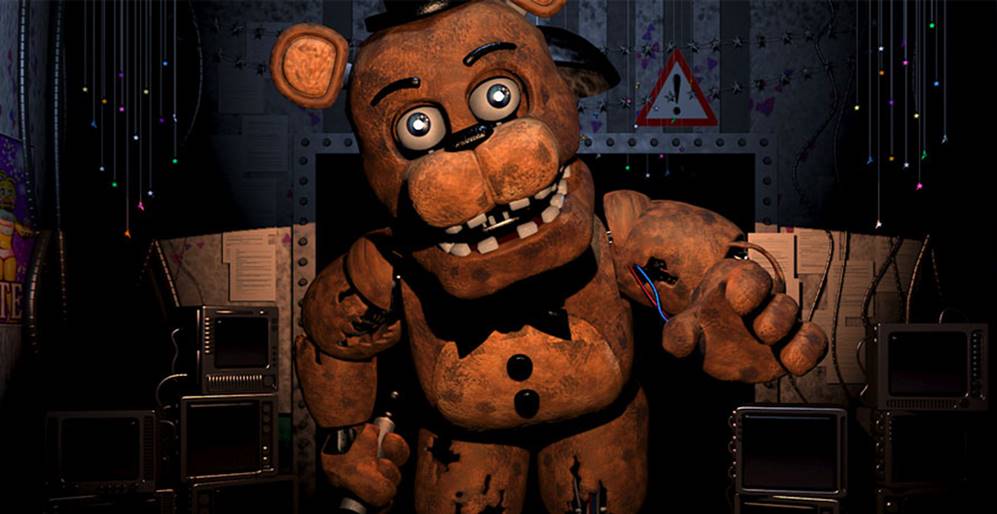
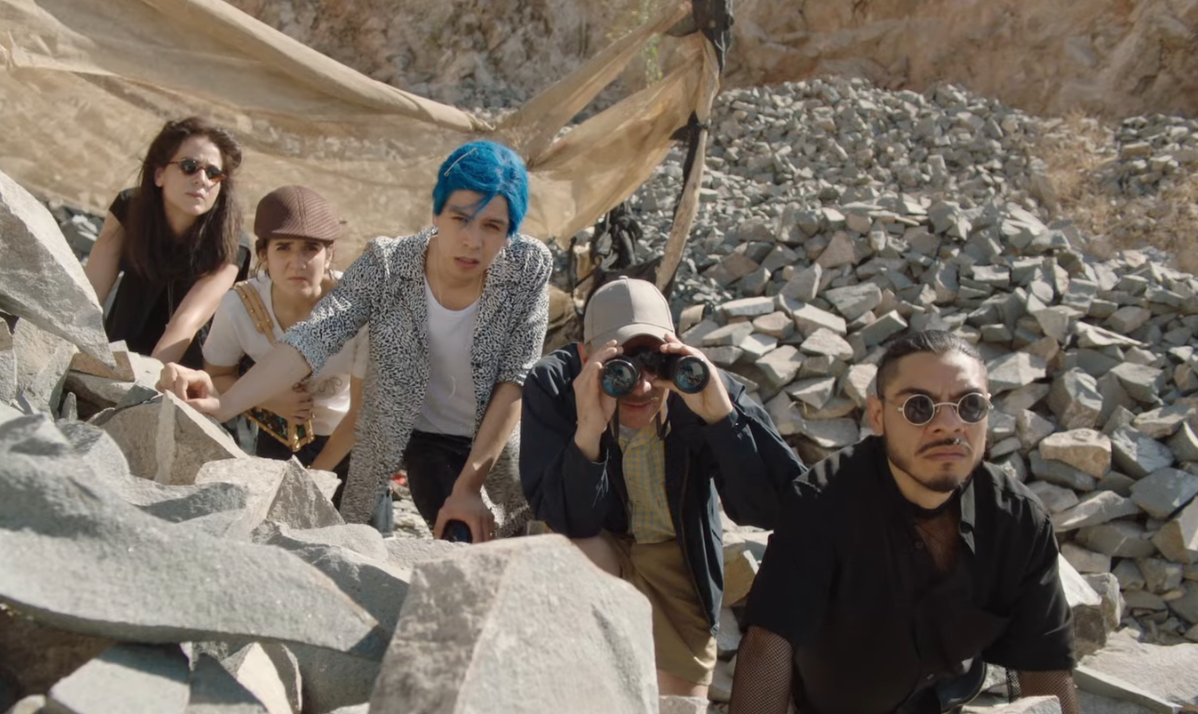










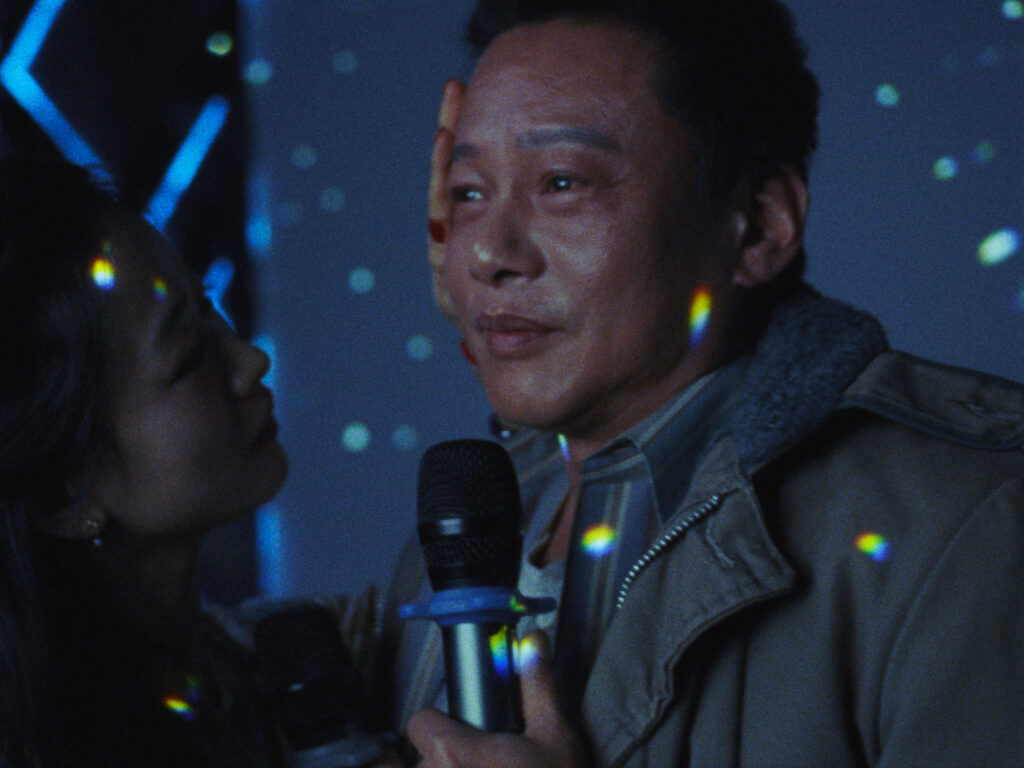









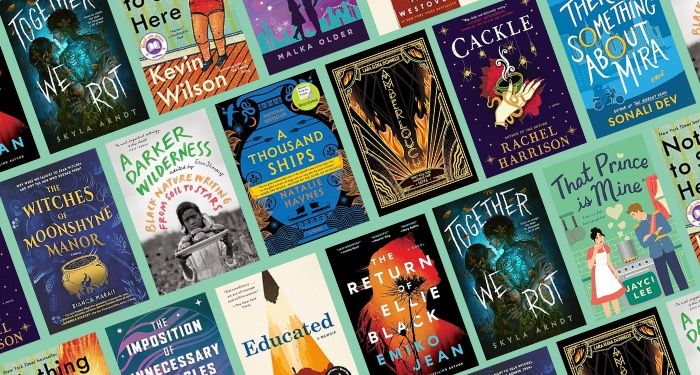
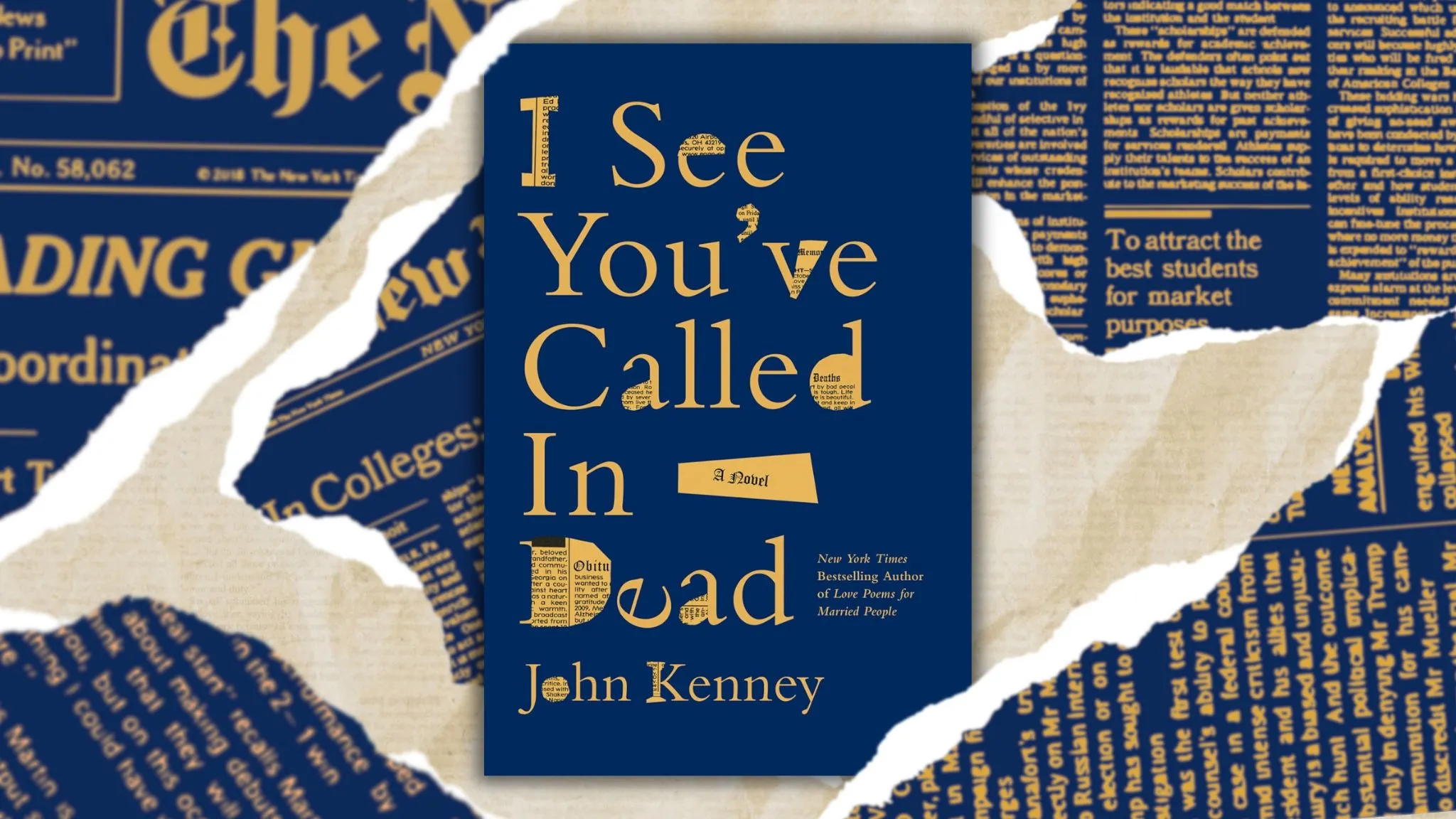
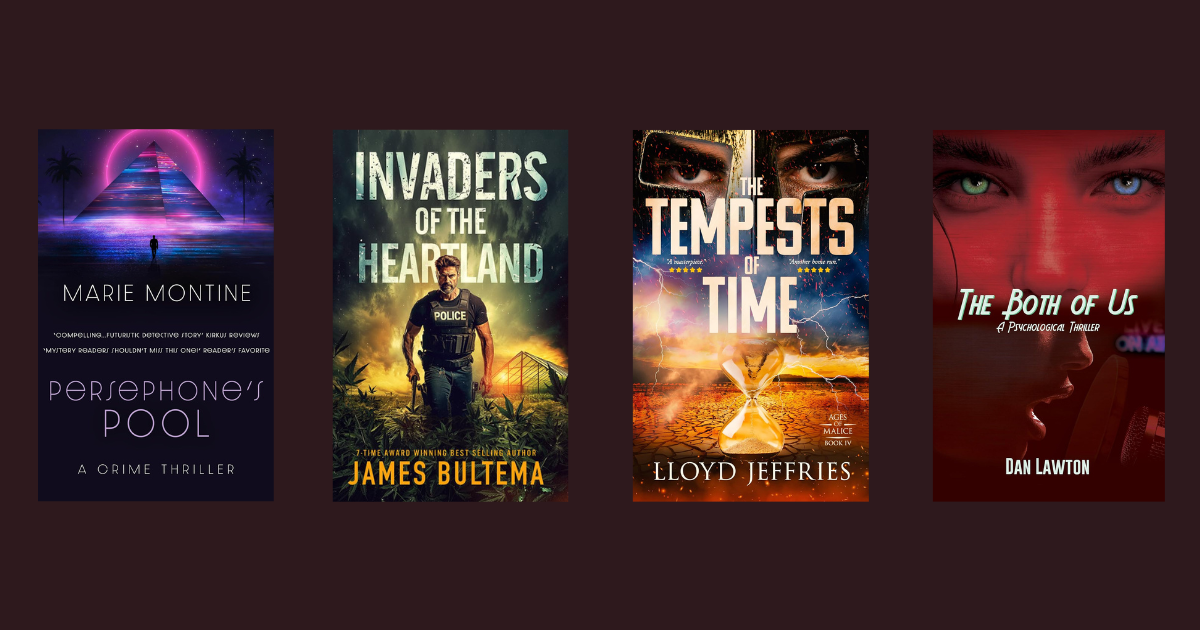
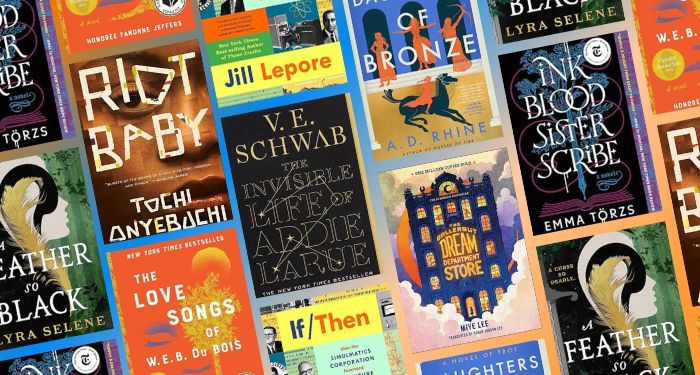

:quality(85):upscale()/2025/05/06/835/n/1922564/8e601b95681a5cf04194c6.14070357_.png)

:quality(85):upscale()/2025/05/05/100/n/1922564/33582ae7681964cb0d40c8.72464171_.png)
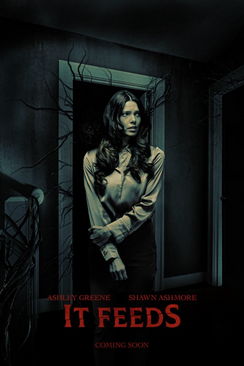
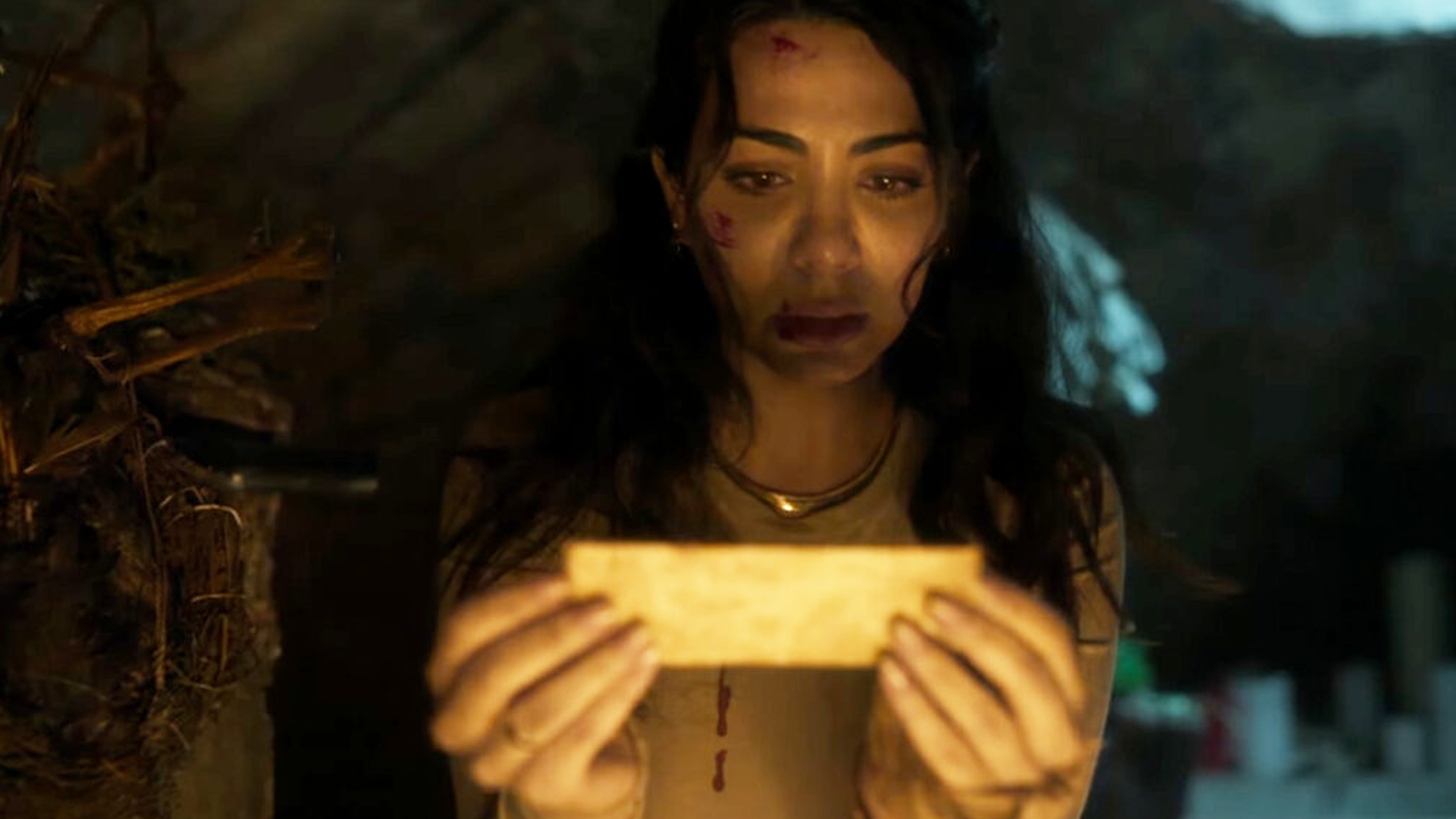

![ABYSMAL RITES – “Restoring The Primordial Order” [Heavy Sludge] ABYSMAL RITES – “Restoring The Primordial Order” [Heavy Sludge]](https://horrornews.net/wp-content/uploads/2025/04/WHD581-600x330.jpg)